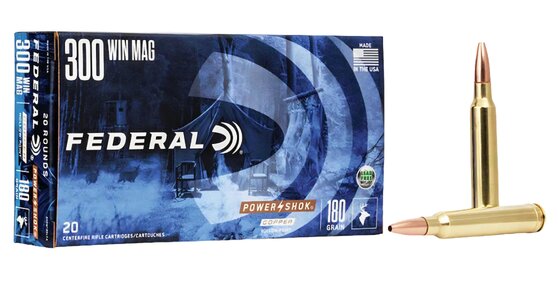yoderjac
Well-Known Member
Of course, we are not always offered the shot we would like on a deer, and there are times when none of the shot options meet the criteria for an ethical shot and I pass. So, I'm not talking about the shot a deer offers us. I'm presuming we can wait and get the shot opportunity we like best.
I think my most desired shot is going to change, at least at my retirement property. The situation at this location is that I'm using my barn as a blind overlooking a food plot. When I purchased the property, the neighboring property was an overgrown pasture. It had gotten to the point where the volunteer pines were about 12' tall and most of it was a thick mess of briars. You had to pick your way through it. It was a great bedding area for deer, but without a good blood trail, recovering deer that ran into it was very difficult at best.
A couple years ago, it was sold. The new owner cleared most of it. He was kind enough to give me permission to hunt on it. It is now mostly a hay field. He left a thin strip of pines along about 3/4 of the property boundary and has mowed paths under them. There is still enough brush that a deer can be difficult to find depending on exactly where it expires, but nothing like it was before. The surrounding area is mature hardwoods with an open understory.
I have always opted for a scapula shot when possible. It drops a deer in its tracks when well executed. I chose that because of the difficulty of recover on the neighboring property. Now that the neighboring property has changed, I'm probably going to change to a heart/lung shot. I plan to do this for two reasons. A deer shot in the food plot or corner of the hayfield not occluded by the pine strip will have a way to run before it is out of the field. Second, I now have security cameras covering the area around the barn. So, even when I don't see which way a deer runs in real time, I can always review the video and mark the spot they entered cover.
The big advantage of this is less meat destroyed. The disadvantage is a little more time and effort locating the deer.
Do you guys change you aim point depending on the habitat you are hunting in? If so, tell us you preferred aim point and the habitat you use it in.
I think my most desired shot is going to change, at least at my retirement property. The situation at this location is that I'm using my barn as a blind overlooking a food plot. When I purchased the property, the neighboring property was an overgrown pasture. It had gotten to the point where the volunteer pines were about 12' tall and most of it was a thick mess of briars. You had to pick your way through it. It was a great bedding area for deer, but without a good blood trail, recovering deer that ran into it was very difficult at best.
A couple years ago, it was sold. The new owner cleared most of it. He was kind enough to give me permission to hunt on it. It is now mostly a hay field. He left a thin strip of pines along about 3/4 of the property boundary and has mowed paths under them. There is still enough brush that a deer can be difficult to find depending on exactly where it expires, but nothing like it was before. The surrounding area is mature hardwoods with an open understory.
I have always opted for a scapula shot when possible. It drops a deer in its tracks when well executed. I chose that because of the difficulty of recover on the neighboring property. Now that the neighboring property has changed, I'm probably going to change to a heart/lung shot. I plan to do this for two reasons. A deer shot in the food plot or corner of the hayfield not occluded by the pine strip will have a way to run before it is out of the field. Second, I now have security cameras covering the area around the barn. So, even when I don't see which way a deer runs in real time, I can always review the video and mark the spot they entered cover.
The big advantage of this is less meat destroyed. The disadvantage is a little more time and effort locating the deer.
Do you guys change you aim point depending on the habitat you are hunting in? If so, tell us you preferred aim point and the habitat you use it in.

